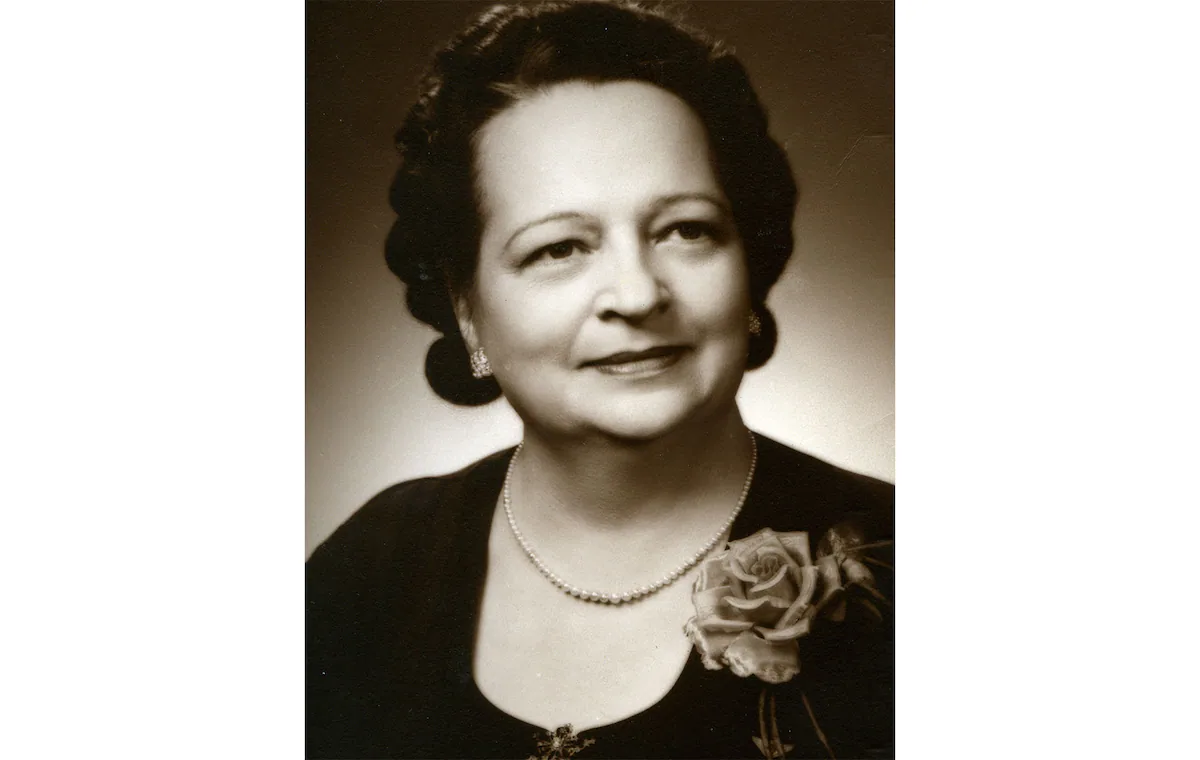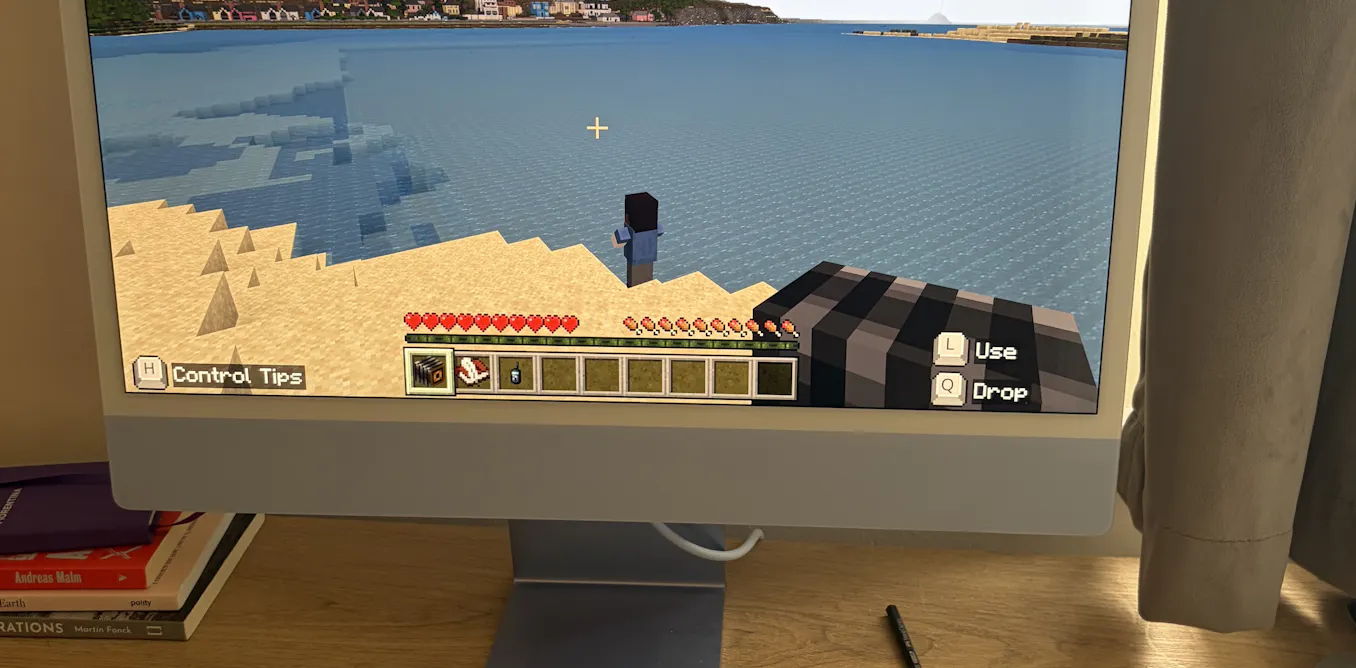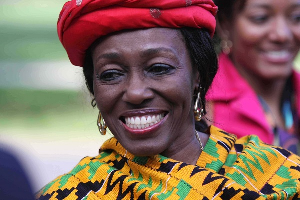Copyright Salt Lake Tribune

A century ago, my northern Utah hometown was a tough place. Even Chicago gangster Al Capone reportedly said Ogden’s infamous 25th Street was too lawless for his liking. The area also teemed, however, with prominent and devout Latter-day Saint families. Last names like Eccles, Browning, McKay and Farr did the things that became Weber County history. No one would expect a Catholic saint to emerge from that setting. And yet, with All Saints Day approaching on Nov. 1, the Vatican might canonize a mystic and housewife named Cora Evans as the first Ogden saint. Cora Louise Yorgason was born July 9, 1904, in Midvale. Cora descended from pioneer Latter-day Saint stock. One of her grandfathers knew church founder Joseph Smith and traveled by wagon train to Salt Lake City soon after Brigham Young arrived here. Another grandfather — a Latter-day Saint convert from Sweden — came to Utah in 1857 and had eight wives. After Cora’s father died in 1909, the family moved north to Ogden. Three years later, 8-year-old Cora was baptized into The Church of Jesus Christ of Latter-day Saints. Her widowed mother married again, this time in a Presbyterian ceremony to a gentile businessman. In 1924, 20-year-old Cora married Mack Evans in the Salt Lake Temple. From all accounts it was not a faith-affirming moment, partly because Cora struggled to understand the apparitions she had been having her whole life. Over the next decade, Cora drifted away from the faith into which she had been born. In one of Cora’s recurring visions, a beautiful woman appeared to her. Thus, Cora sat up and paid close attention one day when she heard a Utah Catholic priest, Father Duane Hunt, on a radio program describing Mary, the mother of Jesus. Cora began meeting with Father William E. Vaughan. The Utah native was assistant pastor at St. Joseph Catholic Church — near Cora’s Ogden home — where I later would be an altar boy. From Mormonism to Catholicism Cora viewed her visions as of Mary and converted to Catholicism in 1935. During the next five years, she persuaded many Latter-day Saints to become Catholics, too. Cora’s proselytizing caused tensions between her old and new faith communities, and so the Evans family moved to Southern California. Cora’s visions continued during the next 15 years, her transfixed state often witnessed by friends, family and priests. She would slip into a coma for hours at a time, during which doctors could detect only a faint pulse. When she awoke, she would say she had visited with Jesus or saints, sometimes in heaven or purgatory. During one vision, she said, Jesus asked Cora to spread the message of Christ’s “mystical humanity.” She understood this meant that Jesus accompanies us in our daily lives and continues to act in the world through his followers. Despite lacking any formal education, Cora kept a detailed diary and wrote some 3,000 pages describing her apparitions and their meaning. These writings are published in several books including “The Refugee From Heaven,” in which Cora recounts the life of Jesus as she witnessed it during a vision. Her daughter says Cora also developed unexplained pain and wounds in her head, palms and feet. Some think this could be a stigmata, the marks of Christ’s crucifixion that appeared on venerated Catholics like St. Francis of Assisi and St. Padre Pio. Cora’s mystical skills also had practical applications as her friend learned during a Mass when the presiding priest was preaching poorly. After the priest suddenly cut short his sermon, Cora leaned over and told her friend that she’d prayed to “Get him out of that pulpit!” The Evans family eventually settled near Santa Cruz, where now-Bishop Duane Hunt from Utah visited her before she died in March 1957. Cora and Mack Evans are buried in the mausoleum at the Santa Clara Mission Cemetery. The quest for canonization After Cora died, her friend and spiritual adviser, Jesuit priest Father Frank Parrish, preserved her writings. Parrish’s nephew Mike McDevitt published them and started a nonprofit to promote Cora’s concept of the “Mystical Humanity of Christ.” Supporters also petitioned the Monterey diocese to investigate Cora’s case for possible sainthood. Officials got an assist from former Utah Bishop and San Francisco Archbishop George Niederauer. McDevitt has spoken to several Catholic groups in Utah about the effort. Locals are excited about the possibility of Cora’s canonization. Deacon Scott Dodge, a theologian and the director of the Diaconate Office at the Diocese of Salt Lake City, took a similar path to the Catholic Church. He sees Cora’s writings as inspiring and meaningful. Both the Monterey diocese and the U.S. Conference of Catholic Bishops did their own reviews. About two years ago, the American bishops voted unanimously to send the case to the Vatican. There is no guarantee, of course, that the Catholic Church will ever declare Cora Evans a saint. A theologian in California is reviewing everything she wrote to see if anything is “distinctive.” Or if anything is “contrary to Catholic belief” or “does not belong in the life of a saint.” And the other final steps to Catholic sainthood are difficult. Cora must be credited with two verified miracles, usually unexplained medical cures, which come after prayers for her intercession. Until that exacting process is completed, Evans is called a “Servant of God.” Well-known Catholic activist Dorothy Day — who has a few Utah connections of her own — holds the same esteemed title. Pope Leo XIV canonized seven new saints last week, including a lawyer and the first saints from Venezuela and Papua New Guinea. For some of the now-venerated, the process took several decades. Mystics like Cora are religious folks who have a direct and transformative experience of a divine presence. There are many examples in the faith traditions Cora knew — Teresa of Avila, Julian of Norwich, Joan of Arc and, well, Joseph Smith. Before them, there were the biblical Abraham, Jacob and Moses. Some of the Utah monks I wrote about in my 2021 book. “Monastery Mornings,” probably were mystics, too. I’m not too sure what to make of mysticism. I’ve never personally experienced religious rapture. Still, I do like Cora’s notion that God works in the world through our hands. That’s how I have always experienced the divine. And I sure would not mind being able to gently boast, from time to time, that a Catholic saint grew up in my old neighborhood.



